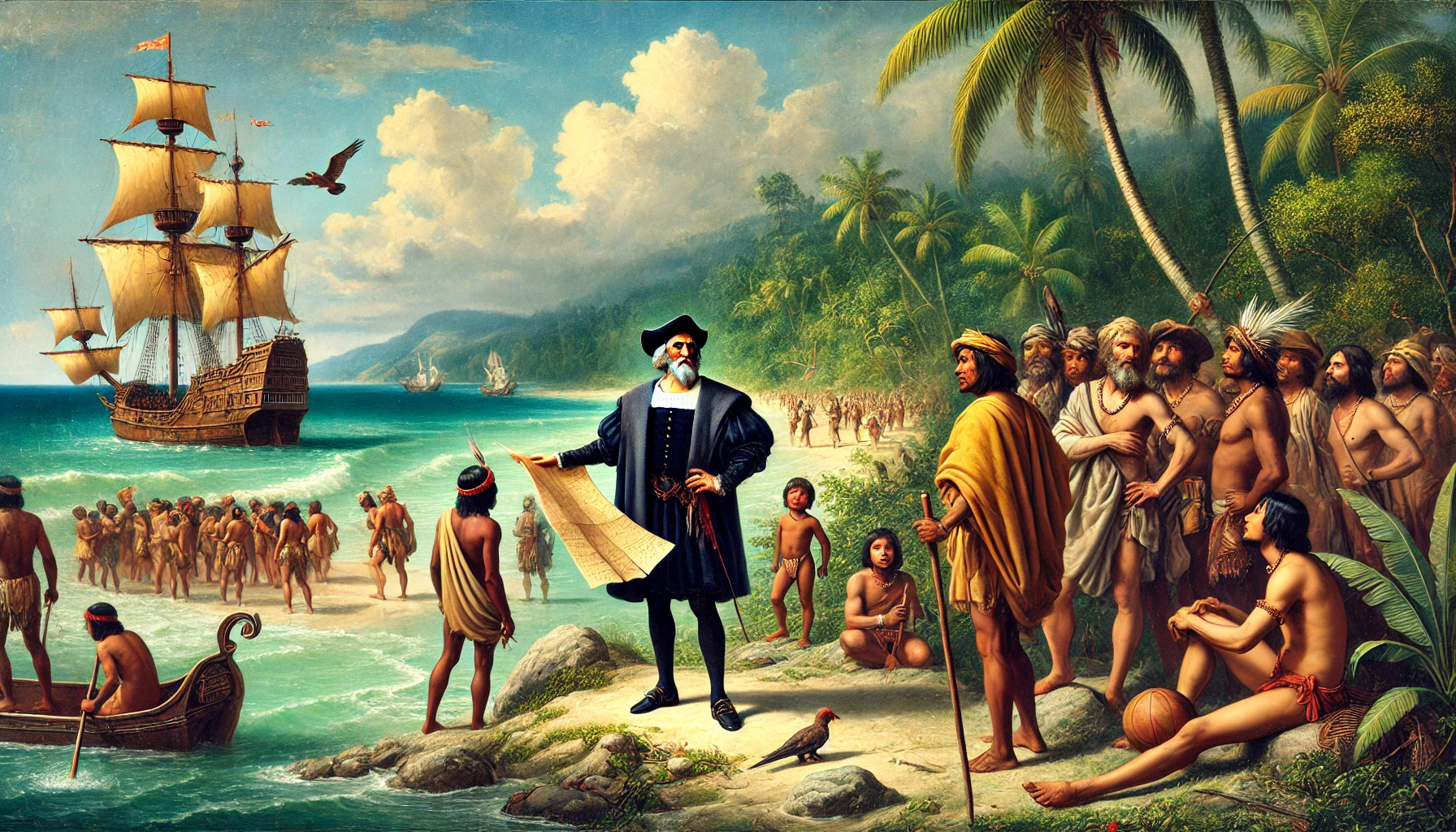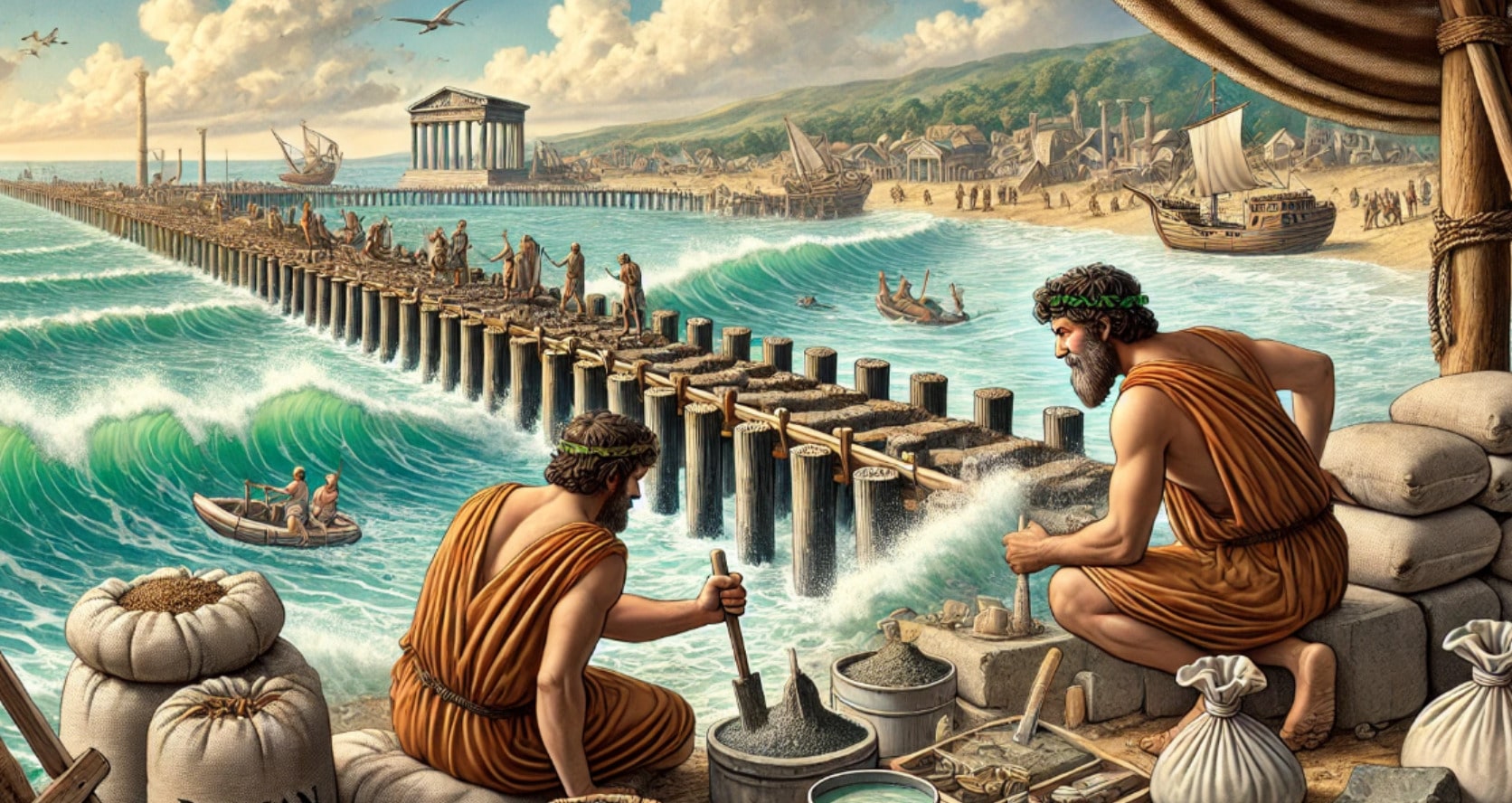On a summer afternoon in 1492, Christopher Columbus stood on the deck of his ship, gazing out over the vast ocean with a mix of anxiety and hope. Since childhood, he had heard tales of Asia, a land of unparalleled wealth and wonders that defied imagination. In his hands, he held a map of dubious accuracy and a clear purpose in his heart: to find a direct route to Asia and present himself to the Great Khan, the legendary ruler of a vast and exotic empire. This quest would lead him across uncharted waters and to one of the most significant discoveries in human history.
The Influence of Marco Polo and the Myth of the Great Khan
Decades before Columbus set sail, the European world had been captivated by the tales of Marco Polo. The Venetian explorer described his adventures in the court of Kublai Khan, the powerful leader of the Mongol Empire, portraying him as a wise and magnificent ruler, surrounded by riches, art, and technological marvels that Europe could hardly imagine. Polo’s accounts spoke of cities of gold, resplendent temples, endless caravans of silk and spices, and armies that seemed invincible.
Although the Mongol Empire that Marco Polo described had disappeared in its original form, in Columbus’s mind, the “Great Khan” was still a symbol of power and opulence, a mythical figure who ruled lands that, according to Columbus, lay just within reach if he managed to sail west. The fall of Constantinople in 1453 had closed the main land routes to Asia, so Columbus and many others became obsessed with finding an alternative route. Columbus saw in his mission a unique opportunity to establish a direct trade route to these riches and to bring Christianity to these lands, achieving a historic alliance.
The Journey into the Unknown: Dreams and Doubts
On August 3, 1492, Columbus and his crew set sail from Palos de la Frontera, Spain, aboard three ships: the Santa Maria, the Pinta, and the Niña. The nights at sea were cold and lonely, and as the days passed with no land in sight, the crew began to grow uneasy. Columbus, however, held fast to his hope, assuring his men that they were close to the coasts of Asia and would soon be welcomed into a dazzling court full of riches and honors.
The journey was far from easy. The men began to doubt their leader and feared they were on a voyage with no return. The endless ocean stretched out before them, fueling whispers of mutiny among the crew. But Columbus, with an instinctive leadership, encouraged his men, pointing to any sign—a change in the wind, a distant bird—as proof that Asia lay just ahead.
First Sight of Land: The Caribbean as “Asia”
On October 12, 1492, one of the lookouts spotted land in the distance. The crew erupted in joy, embracing one another as Columbus fell to his knees, thanking God. Upon landing on what we now know as San Salvador, Columbus was convinced he had reached the islands bordering Asia, perhaps near Japan or Southeast Asia. His maps told him this was “India,” and he believed the Great Khan could be just days of sailing away.
Columbus encountered the Taíno people, the native inhabitants of these islands, and was fascinated by their appearance, culture, and customs. But he interpreted them through his own European perspective, thinking that these “Indians” were subjects of some Asian empire and could guide him to the Great Khan’s palace. When he found no immediate signs of wealth like gold or silk, he assumed he was on the outskirts of an empire and that the great treasures must lie further inland, not far away.
The Search for the Great Khan
Eager to reach the heart of the Asian empire, Columbus organized small expeditions to the surrounding islands, hoping that each trip would bring him closer to the ruler he sought. He asked the Taíno if they knew where the Great Khan’s palace was, and although the language barrier was vast, Columbus interpreted any word or gesture as a sign that he was on the right path.
As he explored more Caribbean islands, Columbus gradually realized there were no cities of gold or silk roads. Instead, he found a culture rich in spirituality and wisdom, yet without the material splendor he had imagined. His confusion grew, but he clung to the belief that Asia was close.
Disappointment and the Legacy of a Historic Mistake
After several exploratory voyages, Columbus began to doubt his interpretation but held firmly to the idea that he had reached Asia, even if only its outermost regions. He returned to Spain with tales of his discoveries, insisting he had found “the Indies” and that the Great Khan was within reach. However, other explorers who followed in his footsteps began to understand that these lands were not part of Asia, but rather a “New World.”
Columbus died in 1506, still convinced he had reached the fringes of Asia, never realizing he had been the first European to discover a continent unknown to the Old World. His miscalculation and unwavering hope of finding the Great Khan changed the course of history, opening an entire continent to European exploration and transforming the lives of millions on both sides of the Atlantic.
The Image of an Explorer and the Spirit of Adventure
Today, we remember Christopher Columbus as one of history’s boldest explorers, yet also one of the most mistaken. His unshakeable faith and thirst for adventure led him across the ocean, not to find what he was looking for, but to discover something he had never anticipated. His image on the shore of a Caribbean island, gazing at the horizon in search of the Great Khan, symbolizes the human spirit: an insatiable desire to explore, to understand, and to discover, even at the risk of being wrong.
Columbus’s error was, in fact, the beginning of an era of discovery, conflict, and cultural fusion, where two worlds, so different and distant, began to connect in ways that would change them forever.



